The restoration of John Soane's museum 'which raised the standards for the re-creation of a historic interior'
Sir John Soane despaired of his children to such an extent that he left his worldly goods to the nation, which became the Central London museum which bears his name.
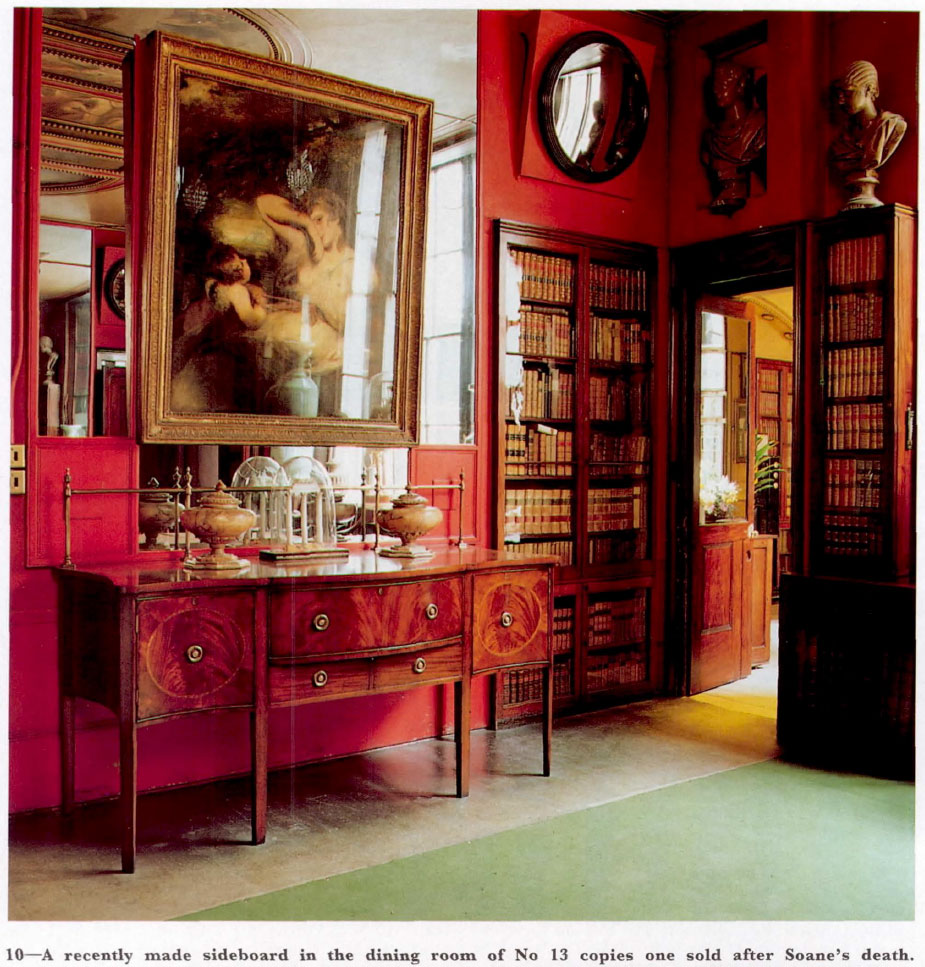
Every Tuesday, we look back through Country Life's architecture archive to — this week, we look back at Michael Hall's 1995 article on the 11-year restoration of Sir John Soane's Museum in London, which had just come to an end at the time.
Despairing at last of the spiteful ingratitude of his two sons, Sir John Soane decided towards the end of his life to make the British public his heir. In 1833 the house in Lincoln's Inn Field which had been his family home, professional office and the setting for his private collection was constituted by act of Parliament as Sir John Soane's Museum.And so it has survived, as Soane intended, for the instruction as well as delight of visitors, who come here in ever increasing numbers, drawn by an architect whose genius seems more challenging than ever.Soane wanted his museum to be preserved exactly as he left it on his death in 1837, and on the whole the curators have respected this wish. Most of the substantial changes have been prompted by the changing fortune of 12 Lincoln's Inn Fields, the neighbour of the museum proper at No 13.
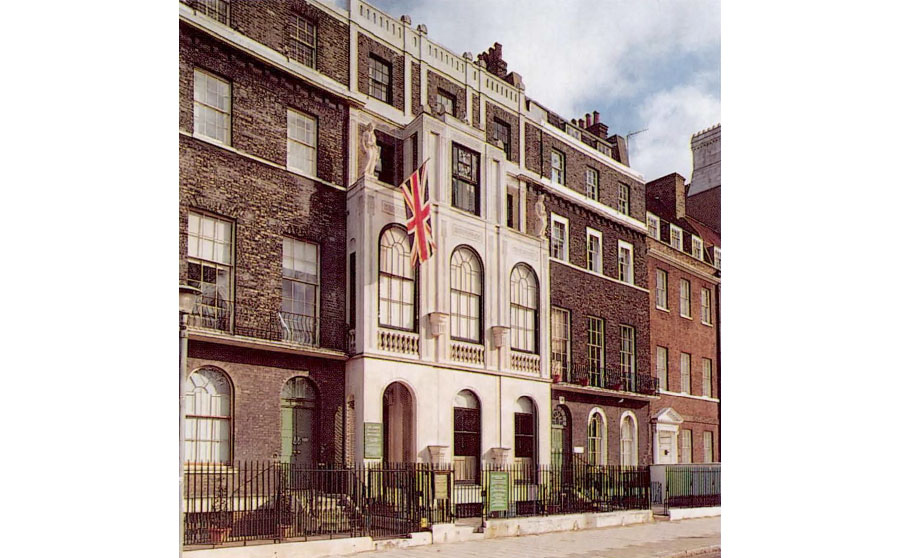
Both houses were rebuilt internally by Soane in 1792, shortly after he had acquired them, but once he had elaborately reconstructed No 13 in 1812-14, No 12 was let to a succession of solicitors. When in 1969 the current lease came to an end, it was decided to take back the entire house for the museum.This provided a great opportunity for Sir John Summerson, then the curator. Although he is best remembered for making the museum a centre of scholarship, he was concerned to respect Soane's intentions for the building's appearance.His first great task after becoming curator in 1945 was the repair of the extensive damage caused by wartime bombs. Only the limitation imposed by meagre funding prevented him doing more. However, the acquisition of No 12 meant it was possible to create new study rooms in that building, allowing the first-floor drawing rooms in No 13, which for years had housed the drawings collection, to be returned to something like the domestic appearance they had in Soane's day.Even more enterprising was the decision to restore the old breakfast parlour in the basement of No 12, an interior created by Soane in the 1790s and recorded in a watercolour by his assistant Joseph Gandy in 1798. Its most striking feature, the painted ceiling executed by John Grace, which had been whitewashed after the house was let, was uncovered and restored and the room furnished, but it was not regularly shown to the public.
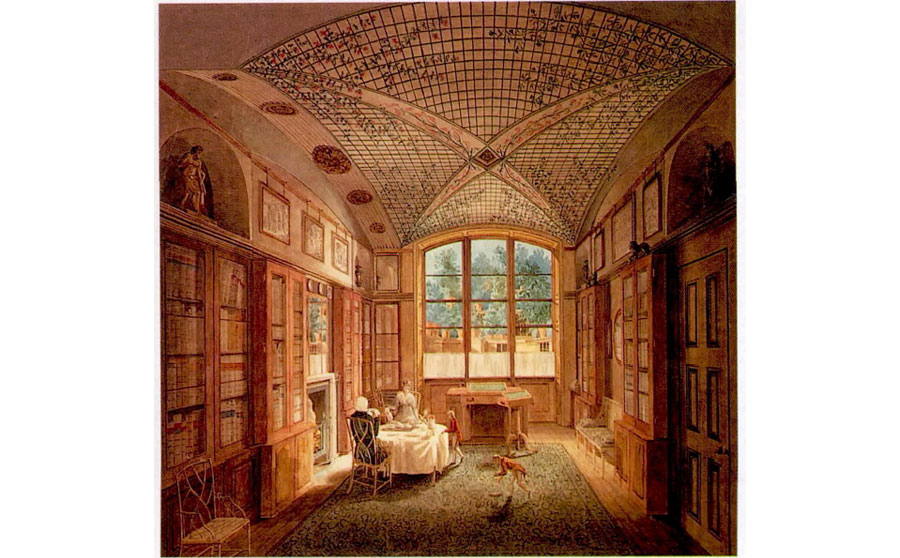
In 1984 Summerson was succeeded by Peter Thornton, an expert in the history of interiors whose long career as head of the Furniture Department at the Victoria and Albert Museum had included pioneering restoration schemes at Ham House and Osterley. His challenge at the Soane Museum were formidable: to improve access to the collections and to conserve them; to survey and restore the fabric of the building; and to bring back to the interiors qualities contrived for them by Soane which had been lost by alteration or neglect.Lack of funds had led to inevitable shortcuts in maintenance: for example, Soane had wanted bare, scrubbed boards for the museum floor, but to make cleaning easier linoleum had covered them; the post-war paint scheme had rarely respected Soane's intention; and the plaster casts and sculpture which form such an unforgettable ensemble were in urgent need of cleaning.

The piece concludes with a note of praise and thanks celebrating Mr Thornton.
The result raises the standards for the re-creation of a historic interior and sets the seal on Mr Thornton's remarkable 11-year career at the museum, from which he retired this month. His successor, Margaret Richardson, and her new deputy, Helen Dorey, inherit both a building that looks more beautiful than it has done for years and an institution with a fresh commitment to a lively future.

Raglan Castle: How the last great medieval castle in Britain became a Renaissance palace — and a Civil War ruin
We look at the remarkable story of Raglan Castle, near Abergavenny, by delving into the Country Life archive.
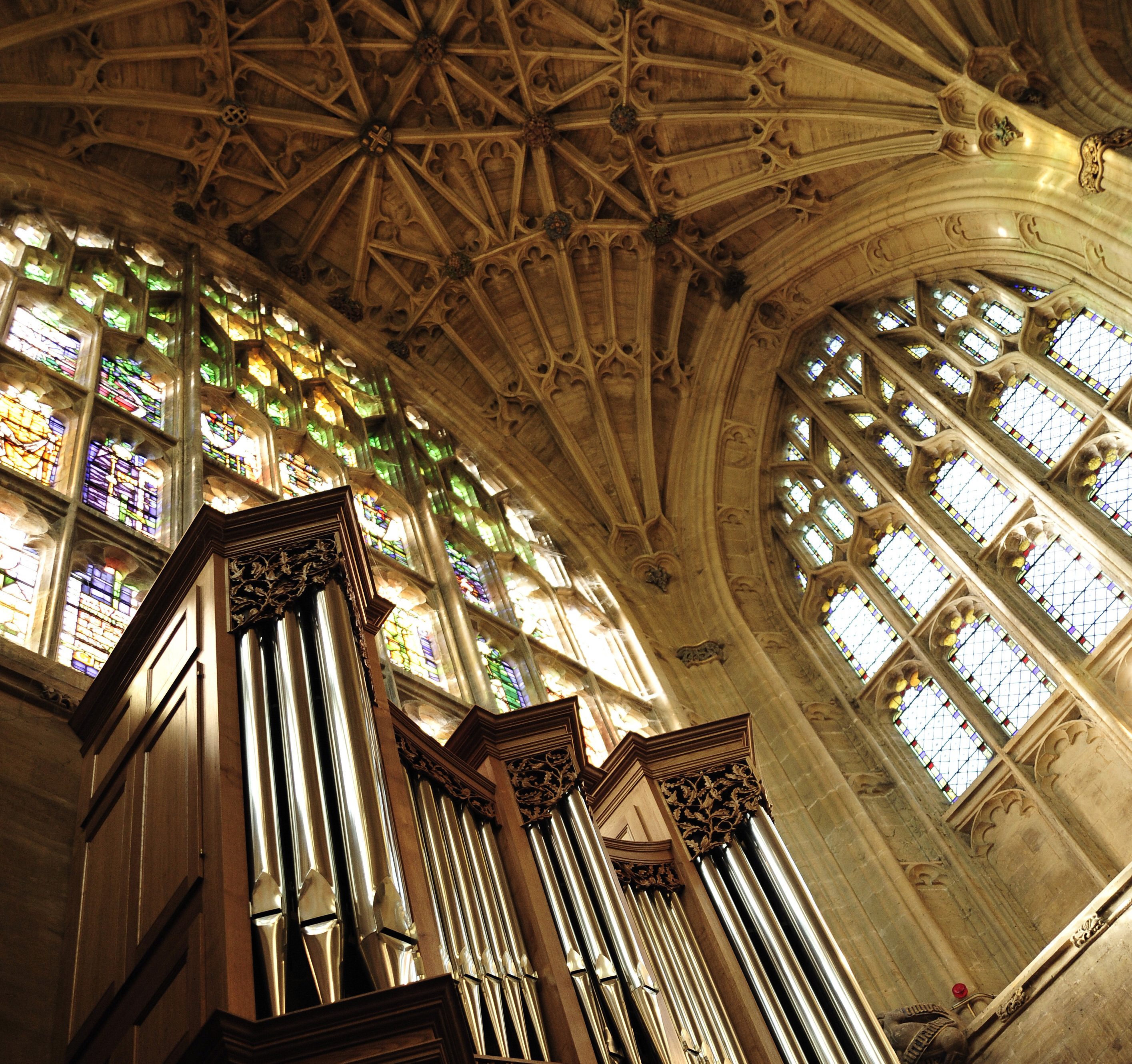
Sherborne Abbey's stained glass: The spectacular Victorian addition to a building with 1300 years of history
The spectacular stained glass at Sherborne Abbey is only part of what makes this building one of the grandest in

Clovelly Court: The Devon country estate pulling off the vital trick needed by a modern country estate
Every Tuesday, we go back through the Country Life archives to enjoy an article from the past — this week,
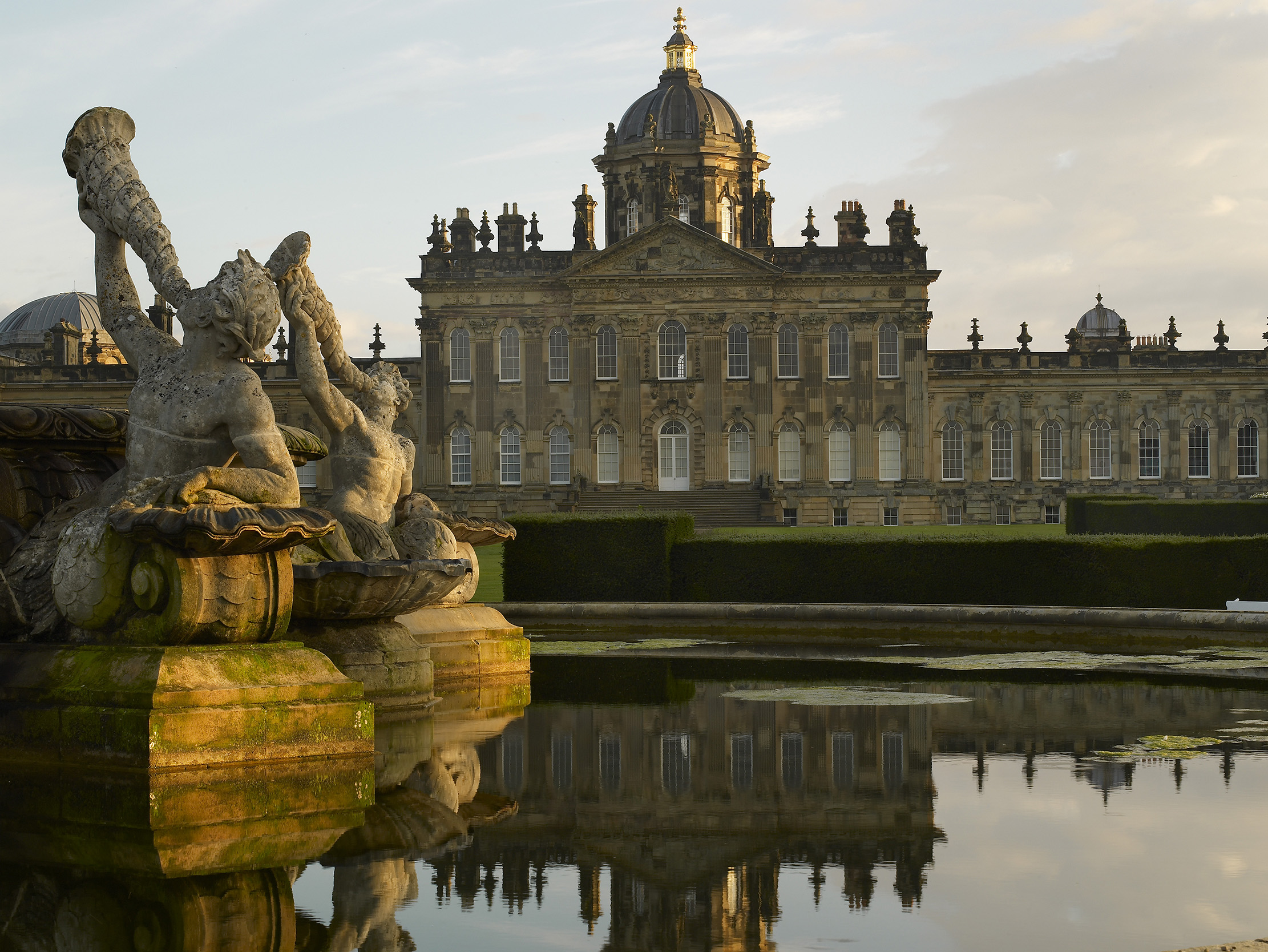
The stunning salvation of Castle Howard, one of the greatest houses in Yorkshire — and, for that matter, the world
The Herculean efforts which saved Castle Howard's architecture and collections after a devastating fire in 1940 have lasted for decades;
Exquisite houses, the beauty of Nature, and how to get the most from your life, straight to your inbox.